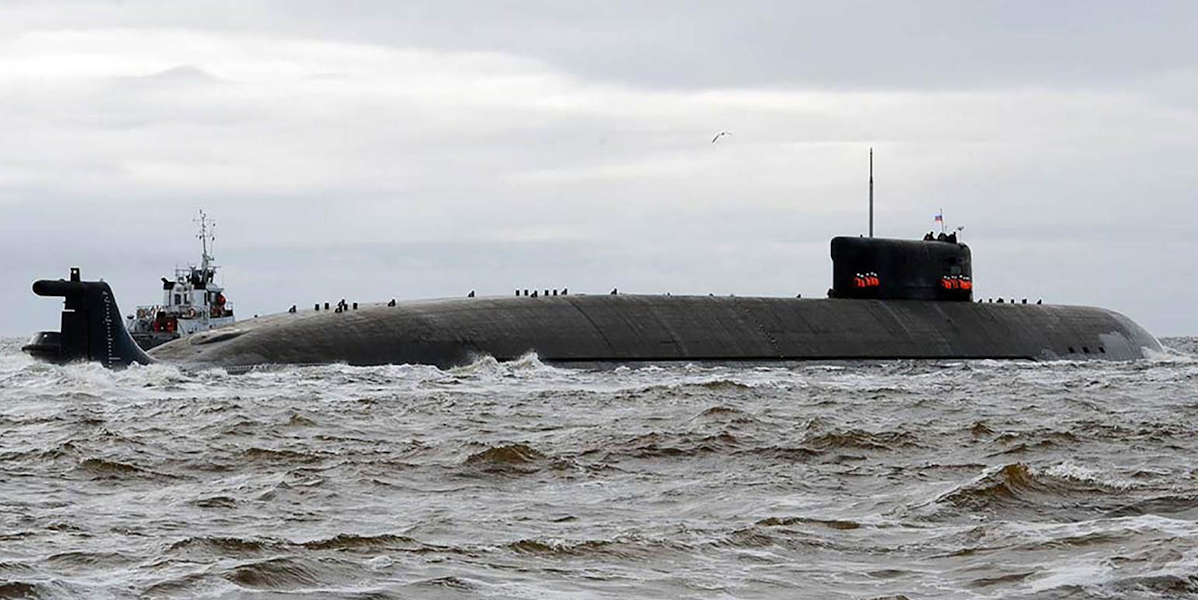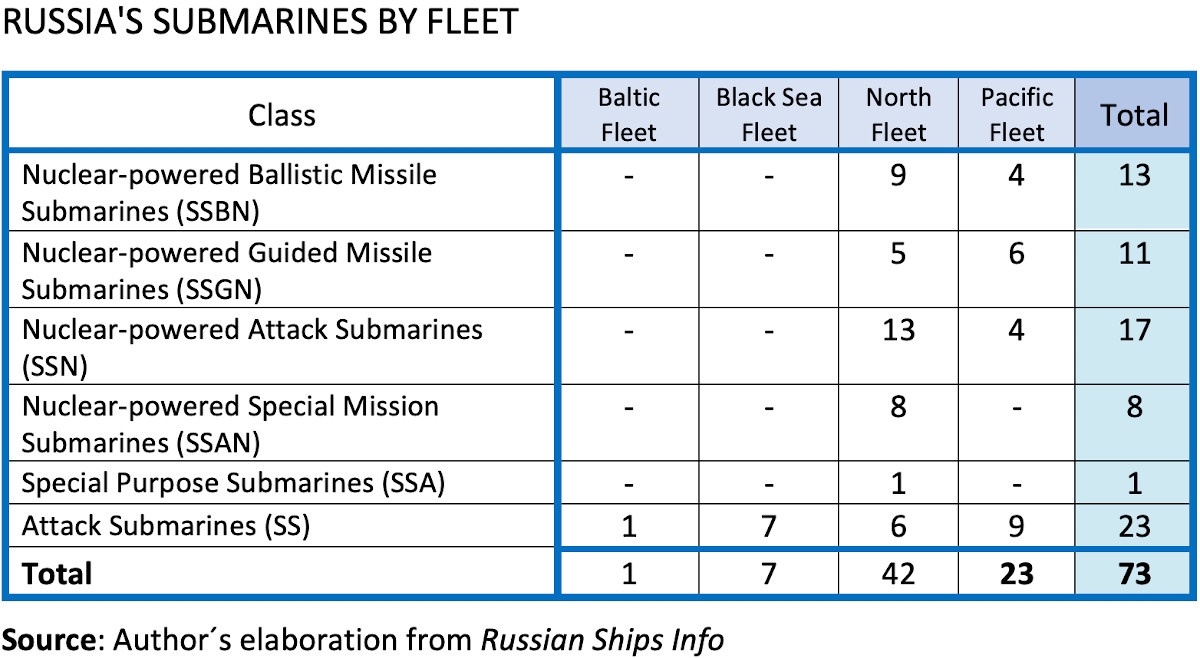In the picture
The Belgorod submarine [east2west news].
During the past couple of days, many rumors have circulated through global average outlets over the 'disappearance' of a Russian nuclear submarine, the 'Belgorod', reported to have gone missing. Armed with a very powerful weapon which is said could cause a gigantic, nuclear tsunami, a sense of fear towards the Belgorod and Russia's submarine activity has sparked among European and American population. Yet, most of it is due to the general unawareness about Russia's submarines and their regular activities-in part because of Russia's secrecy on these matters. Thus, it is useful to properly understand what the Belgorod does and how Russia's fleets are distributed, and how dangerous Russian submarine activity is.
The K-329 Belgorod is a variation of the Oscar-II class of Russian submarine fleet, designed for special operations. It was commissioned just three months ago, in early July 2022. Its incorporation to Russia's submarine fleet comes at a time of war in Ukraine and of an important military buildup in the Arctic region. Through it, the Russian military is re-vitalizing its once-abandoned Soviet-era instructions, which are being modernized to host the latest warfare and technology.
The submarine is 178 meters long, 15 meters wide, and has a tonnage of around 30,000 tons. It is the largest submarine in the world, which puts it in a different category from the rest of conventional submarines. The only other submarines which can match such measures are those from the legendary Typhoon class of the soviet navy, which were 175 meters long and +23 meters wide; and of which only one remains active. Despite the Belgorod is the only one of its kind, Russia has a big fleet of submarines dispersed across the world's oceans. As of 2022 Russia has a total of 73 units (slightly above of US' and China's forces). Submarine capacity is one of Russia's most valuable assets and key strategic deterrents against other navies and potential threats to it. H. I. Sutton has researched on the submarine and its real capabilities, demystifying the aura of speculation around it. Claims about the 100-megaton bomb and the tsunami it could cause are unreliable; recent estimates indicate it is 2 megatons.


